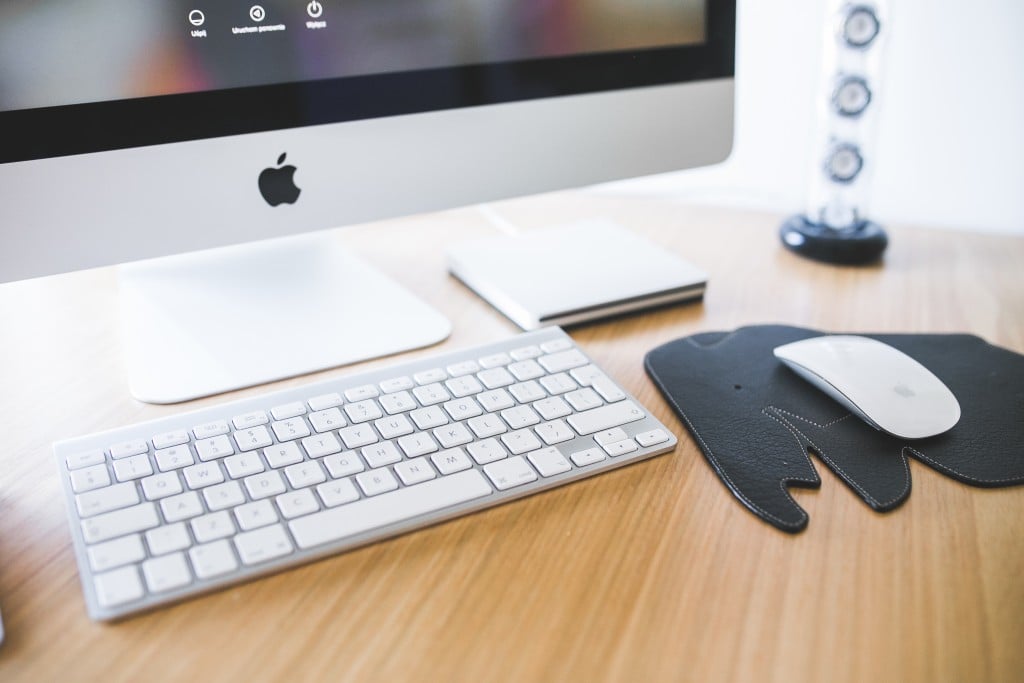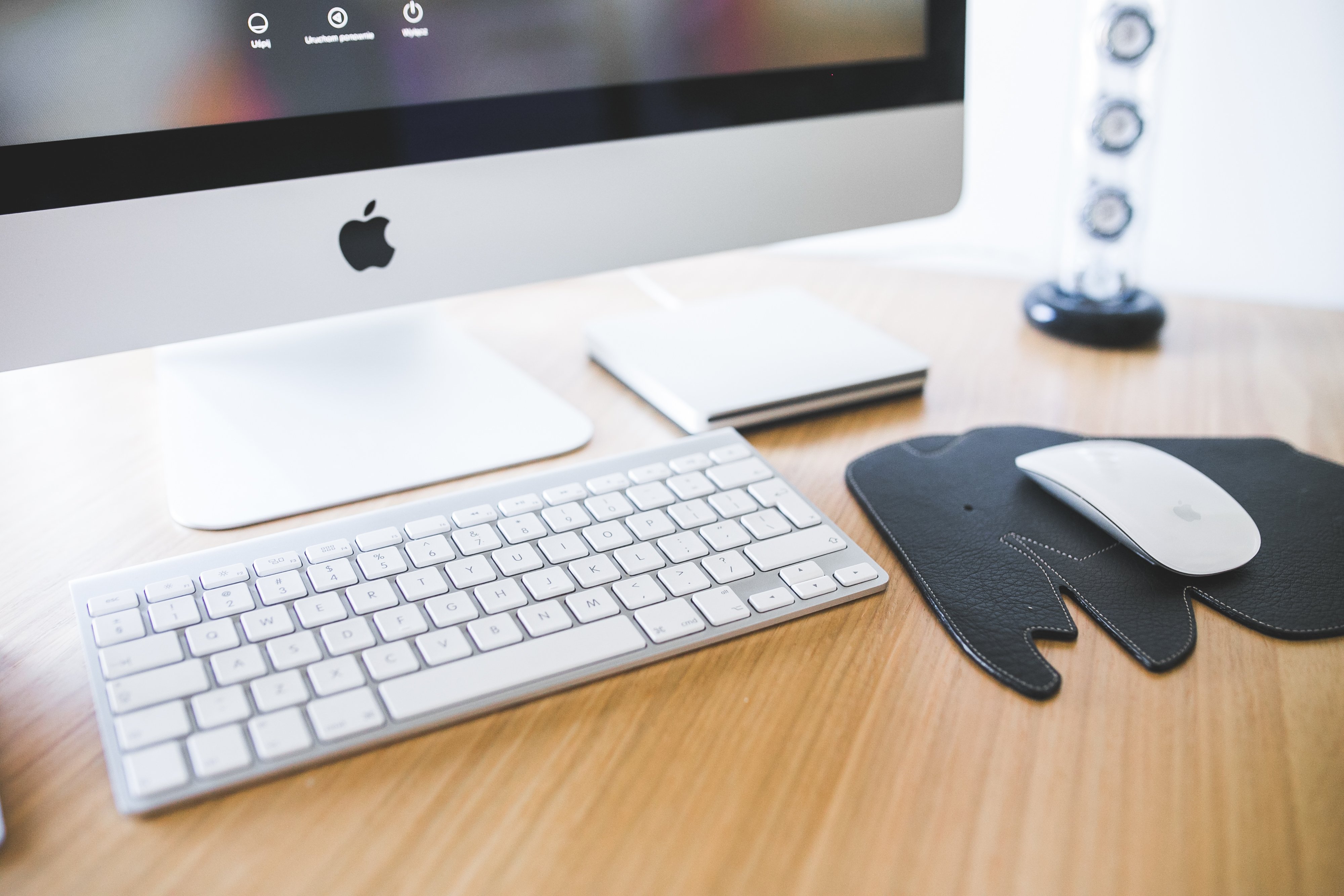

Touch typing is a skill most of us practice daily, though we are rarely conscious of the process. In a way, this is because it quickly becomes an automated practice, much like riding a bike
or knitting.
Touch typing is a cognitively complex process that rests on the body’s ability to develop what is called “muscle memory.” When we learn to touch type, we are essentially teaching our hands and brains to coordinate with one another so that we can press the right keys in the right sequence to form orthographically correct words every single time.
Touch typing requires building muscle memory to truly master it. In order to become an efficient touch typist you need to improve your typing accuracy. In order to consider yourself a competent typist, your error percentage (mistyped words) needs to be very low: at about 1-5% .
The great thing about touch typing is that once you master touch typing accuracy, you can easily improve your touch typing speed through continuous practice. But what does building touch typing accuracy really entail?
Keyboarding: A stunning cognitive process
We’re exceptional intelligent creatures who easily adjust and master new skills and technologies in relatively little time, often with exceptional results.
When you touch type on a keyboard what you’re basically doing is training the muscles of your hands and fingers to remember where each fingertip goes. In other words, touch typing is a motor learning skill you learn through consistent, repetitive keyboarding practice.
Through repetitive practice you allow muscle memory consolidation; that is, you allow your fingers and hands to remember and recall in a matter of milliseconds where to go next. This happens so smoothly and efficiently for people who type at more than 75 words per minute that the process is rather astonishing to watch – their fingers move so quickly and accurately, it’s almost as if they’re moving by themselves!
In fact, they are moving by themselves. Muscle memory has taken over and there is no need for the brain to interfere with the seamless flow of movement. By using touch typing software, you can accelerate this process; good typing software allows you to improve your hands’ muscle memory so that you can touch type with virtually no conscious effort by the time you finish the course. This lets you to think about other things while you are typing, and still manage to type out sentences that make sense. If you’re a writer, it’s particularly important to be able to keep up with your thoughts.
Once you build muscle memory, touch typing becomes an easy and automated cognitive process; you don’t need to be conscious of your fingers or the keyboard layout to type correctly, you only need to think of words in your head, and they’ll almost magically appear on your monitor.
Keyboarding: A multi-sensory, multi-faculty process
Touch typing is an example of how different brain faculties work hand in hand like a well-oiled machine.
Touch typing engages a number of different brain areas and skills. When you touch type, you engage your language and memory faculties, your attention, and your motor skills and coordination, all in order for the output to make sense.
By retraining your motor skills through typing exercises, you ensure your ability keep touch typing with accuracy. Once your accuracy is established, you’ll be able to work on speed. Your hands and fingers will be agile and precise, giving you fine motor accuracy – and that means you will no longer make as many typos.
You can definitely say you’ve mastered touch typing when this muscle memory consolidation is complete. Once learned, you’ll retain high levels of touch typing accuracy and speed even if you no longer practice the skill on a daily basis.
Of course, it goes without saying that since touch typing is a muscle memory based skill, by practicing it more you become better and better over time.
Touch typing is an example of how the brain allows you to learn new skills in a short time and with impressive results through the simple process of building muscle memory in your hands and fingers and engaging several brain faculties in a coordinated effort. Muscle memory is just one aspect of memory, and typing helps improve it, and keep it in tip top shape.
Have something to add to this story? Share it in the comments
Check out Typesy Community and exchange ideas related to touch typing, keyboarding, learning, technology, and Typesy program itself. Login with your Typesy Account here: https://community.typesy.com/